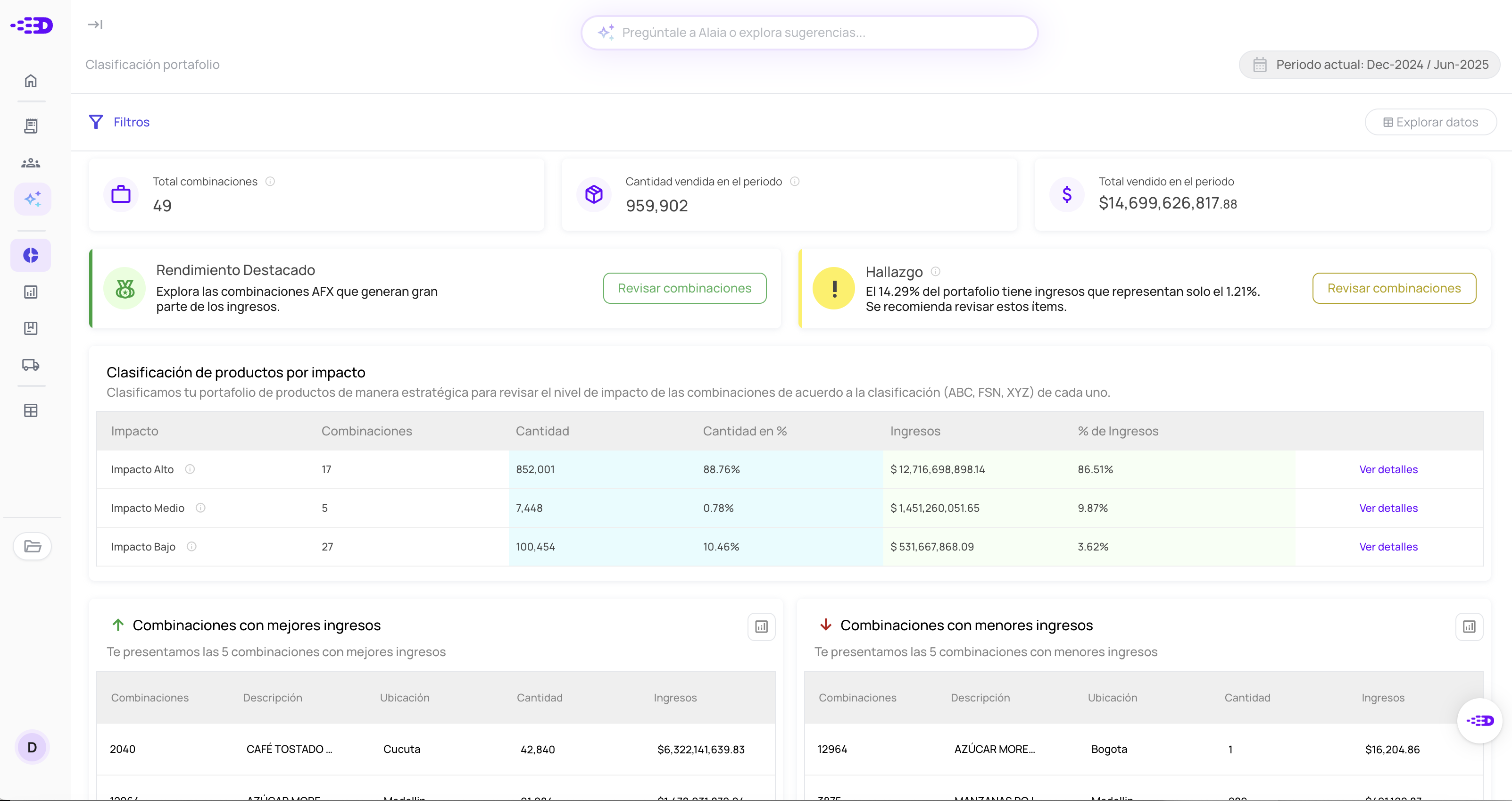Schedule demo
.png)







The Datup reorder module generates automatic purchase recommendations based on real demand, available stock and supplier delivery time. The platform analyzes this data to suggest what, how much and when to replace, without the need for spreadsheets or manual calculations.
%2011.05.41%E2%80%AFa.%C2%A0m..png)
Datup connects to Odoo to read sales and order histories, and converts them into actionable forecasts. The system considers seasonality, promotions and trends to generate accurate predictions, listed by item, customer, location or sales channel. This allows us to align purchasing, production and logistics with realistic demand scenarios.

With the integration with Odoo, AlAia, Datup's AI assistant, answers questions such as “which items are at risk of breakage?” , “How many units should I replace this week?” or “which supplier is lagging the most?” Speak your same operating language, without codes or technical commands.
%2011.16.26%E2%80%AFa.%C2%A0m..png)
Datup generates dynamic reports (playbooks) that, when connected to data in Odoo, deliver specific actions, such as suggested purchase orders, overstock alerts, or recommendations for adjusting inventory policies. These documents are automatically updated and are ready for decision-making at each operational meeting.
%2011.02.17%E2%80%AFa.%C2%A0m..png)
The integration makes it possible to align strategic planning (S&OP) with operational execution (S&OE). With all the data connected from Odoo, purchasing, sales, finance and logistics teams can work on a single source of truth, prioritizing decisions and reacting quickly to deviations in demand or supply.
%2011.18.30%E2%80%AFa.%C2%A0m..png)
With the visibility offered by Odoo, Datup optimizes distribution between storage centers or points of sale. It identifies where there is overstock or lack of stock, and suggests internal movements or direct purchases, improving the use of capital and reducing delivery times.

We identify the most efficient type of integration for your operation (API, Data Warehouse or files) and connect directly to your system or other key sources.
We extract data from your system, structure it according to your operation, and train our AI models to deliver accurate and actionable recommendations.
We provide you with ready-to-use dashboards, with clear and actionable information. We validate with your team that the recommendations fit the operational reality and fine-tune the last details.


